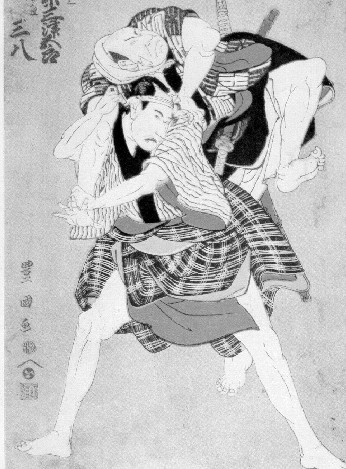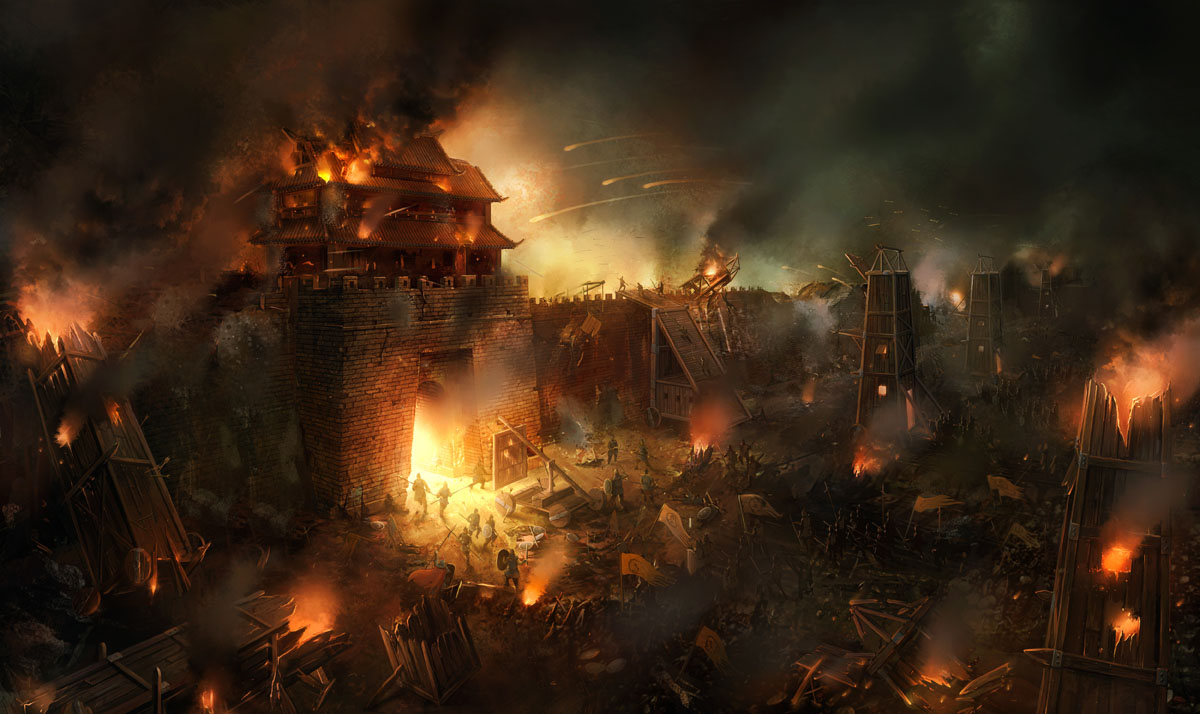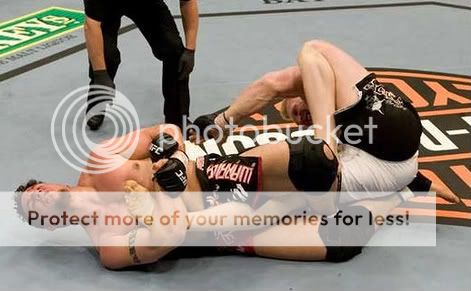Guest Post courtesy of Professor Griff Sombke, Gracie Barra black belt, No Gi World Champion at brown belt
*
In which I disagree with Burientopteam on the
importance of Leglocks to your Jiu-Jitsu game...
(H/T to Brad DeLong)
"Those who live by the sword will end up getting shot by those who don't" - Keenan Cornelius
I've been meaning to write this for months. Seriously. However, life is complicated when you're an adult. Things get shelved, and philosophical debates about grappling are one of the first to go when you're running an academy, raising a kid, training for tournaments, etc. However, I need the writing practice, and I now have an extra hour in the AM, so I am knocking this out between PT sets for my shoulder.
For me, at the core, competitive Jiu-Jitsu will always be about figuring out what your opponent wants to see LEAST, and making sure they see it as often as possible. Applying that logic to other BJJ players, I would try to exploit my opponent's (stereotypical) lack of both takedown awareness and leg attack defenses. BJJ's answer to the takedown question seems to be the guard jump/pull, which works well in a sport BJJ context, and, per the data compiled by the fine folks at www.bishopbjj.com, seems to be a very high-percentage option at the elite level. Obviously, this strategy is a bit of a problem if you compete in other grappling disciplines, relatively wide-open rulesets such as ADCC, or in MMA/Vale Tudo. However, in the "Truman Show" environment of a BJJ tournament, you're probably okay, as long as you're Medio or smaller. Kind of how the idea of diving belly down to stop a double-leg attempt would be suicidal against a BJJ player, but was an acceptable defense in a Judo context.
Leglocks, on the other hand, are a different animal. Part of the reason is because they are actually pretty versatile. You can use them as a submission, sure. But, now you have guys like Buchecha, who use them as sweeps. You can catch an opponent not defending, or with a foot/leg in a compromised position, lock a toehold, and ride that to the top or to a victory. If you're savvy enough, you can apply them from almost anywhere. I remember something Trevin Raak said to me years ago about how his guard passing got a lot better once he added footlocks to his game. You put that possibility into your opponent's mind, and that's one more thing they have to consider when sparring/competing against you. Folks who train primarily non-BJJ based grappling know this, trust me. That's an advantage for them right from the jump, and kneebar defense isn't something you want to try and figure out on the fly.
It's also not a monolithic category. "Leg locks" can mean attacks that target the large joints, such as the knee, small joints like your Achilles' tendons and ankles, and a wide range of "cutter/slicer" attacks that work great as a "second option". This means that you've laid out a minefield for an opponent to cross to try and defend while trying to maintain position at the same time. Add that to the fact that most times, the correct defense is to roll/move in a direction that tends to be favorable to the person applying the leglock, and you have a powerful weapon, which becomes a market inefficiency if you have them and your opponent doesn't. Couple that with a BJJ player's overall awareness of "where you really want to be while rolling" and you have a really nasty combination. In fact, due to the preceding factor, I would speculate that in the hands of a skilled BJJ player, leg locks become an even more dangerous weapon than they are when deployed by a less position-savvy grappler. The old jazz saying about "it's about the notes you DON'T play" comes to mind here.
Personally, I don't use them as a main option. However, I will take one if I see it. And having to reinvent a lot of what you use for a guard game at Purple belt because you are getting leglocked by folks who understand that side of things way better than you will make you a believer. This may or may not have happened to me .
It's the same as how you would play a different game if striking was legal. These are not easy habits to break. And the way to break them usually involves getting tapped a whole bunch of times. What, in my opinion, is the wrong approach, is to do what Judo has done, and ban anything that allows folks from other disciplines to come into a sport and dominate. Don't ban leg attack takedowns, for example. Learn to sprawl better. The problem isn't usually solved with more rules.
Hole in your Jiu-Jitsu soul? Probably not. Hole in your "complete grappler" soul? Absolutely. We, as high-level BJJ players, need to be familiar with these concepts, as we are expected to be walking encyclopedias of grappling. Fair stereotype or not, that's the bed we made, and it's a lot more comfortable to lie in it if you know what to do when someone grabs your foot.
(And the same goes for wrist locks. Ask anyone who's gotten tapped by one. Luckily, that's relatively simple to defend, as long as you are aware of what they are and how they happen. Everyone who's trained at GB Edmonds for any length of time knows that you always have to be aware of where/what your elbows are resting against, and be conscious of not getting them trapped there.)
 If you're a West Coast, IBJJF circuit jiu-jitsu athlete, then the first event on your calendar is only a little over a month away.
If you're a West Coast, IBJJF circuit jiu-jitsu athlete, then the first event on your calendar is only a little over a month away.



























